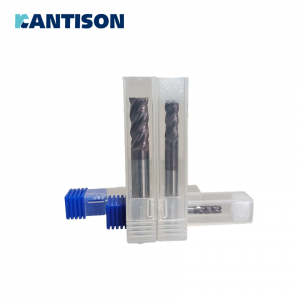Choosing Carbide Cutting Tools: Key Considerations
When it comes to machining operations, selecting the right tools is paramount for achieving desired results. Carbide cutting tools, known for their durability and high performance, are a popular choice in various industrial applications. However, to make the most out of these tools, there are several key considerations one must keep in mind.
Material Compatibility
The first and foremost factor to consider is the compatibility of carbide tools with the material you intend to machine. Carbide, being a compound of carbon and a metal like tungsten, offers a hard and wear-resistant edge. However, its effectiveness can vary depending on the material it’s used on. For instance, it performs exceptionally well on hard materials like stainless steel and titanium but may not be the best choice for softer materials.
Coating
Another critical aspect to ponder is the coating of the carbide tool. Coatings can significantly enhance the tool’s life and performance by reducing wear and friction. Common coatings include Titanium Nitride (TiN), Titanium Carbonitride (TiCN), and Aluminum Titanium Nitride (AlTiN). Each coating has its unique benefits and applications. For example, TiN is great for general-purpose machining, whereas AlTiN is ideal for high-temperature applications.
Geometry
The geometry of the cutting tool, including its shape, angle, and the number of flutes, plays a crucial role in its performance. Finer angles and more flutes are suited for finishing operations, providing a smoother finish. In contrast, tools with fewer flutes have larger chip removal capacity, making them suitable for roughing operations. Therefore, understanding the nature of your machining operation is essential when selecting a tool’s geometry.
Cutting Speed and Feed Rate
Optimizing the cutting speed and feed rate is vital for maximizing the carbide tool’s efficiency. These parameters should be adjusted based on the material being machined and the tool’s specifications. Improper settings can lead to tool wear and failure, affecting the quality of the workpiece and the overall productivity.
Post time: May-20-2024

